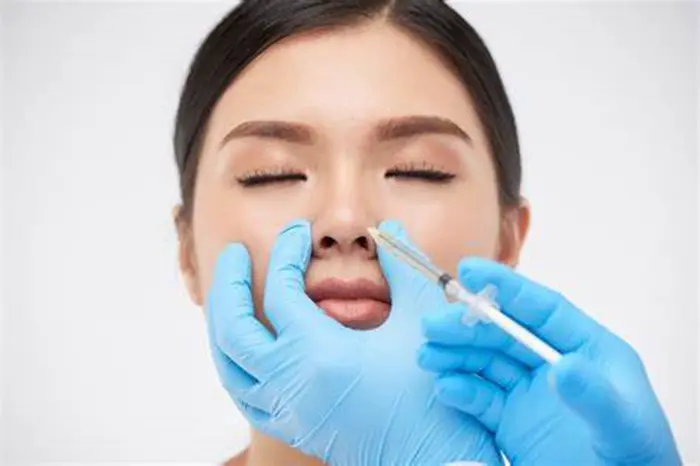While rhinoplasty is often associated with cosmetic improvements, the procedure also plays a crucial role in addressing medical issues. Functional rhinoplasty, which focuses on improving nasal function, is increasingly recognized as a vital intervention for patients with breathing difficulties and other health concerns.
Common medical reasons for rhinoplasty include deviated septum, nasal valve collapse, and congenital deformities. These conditions can lead to chronic nasal congestion, sleep apnea, and even cardiovascular problems if left untreated. Functional rhinoplasty aims to correct these issues by reshaping the nasal structures to improve airflow and overall function.
Dr. Michael Roberts, an otolaryngologist in Chicago, explains, “Functional rhinoplasty is about more than just aesthetics—it’s about improving quality of life. Many patients don’t realize how much their breathing issues are affecting their daily lives until they undergo the procedure.”
Advancements in surgical techniques, such as computer-assisted planning and 3D imaging, have made functional rhinoplasty more precise and effective than ever before. These tools allow surgeons to create customized treatment plans that address both functional and aesthetic concerns.
For patients considering rhinoplasty, it’s essential to consult with a qualified surgeon who can assess their needs and recommend the most appropriate approach. Whether for cosmetic or medical reasons, rhinoplasty has the potential to transform lives in profound ways.
You Might Be Interested In:

